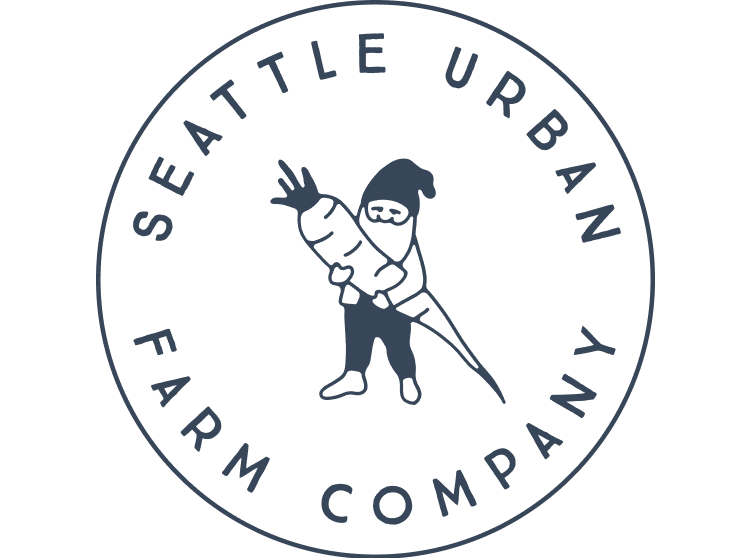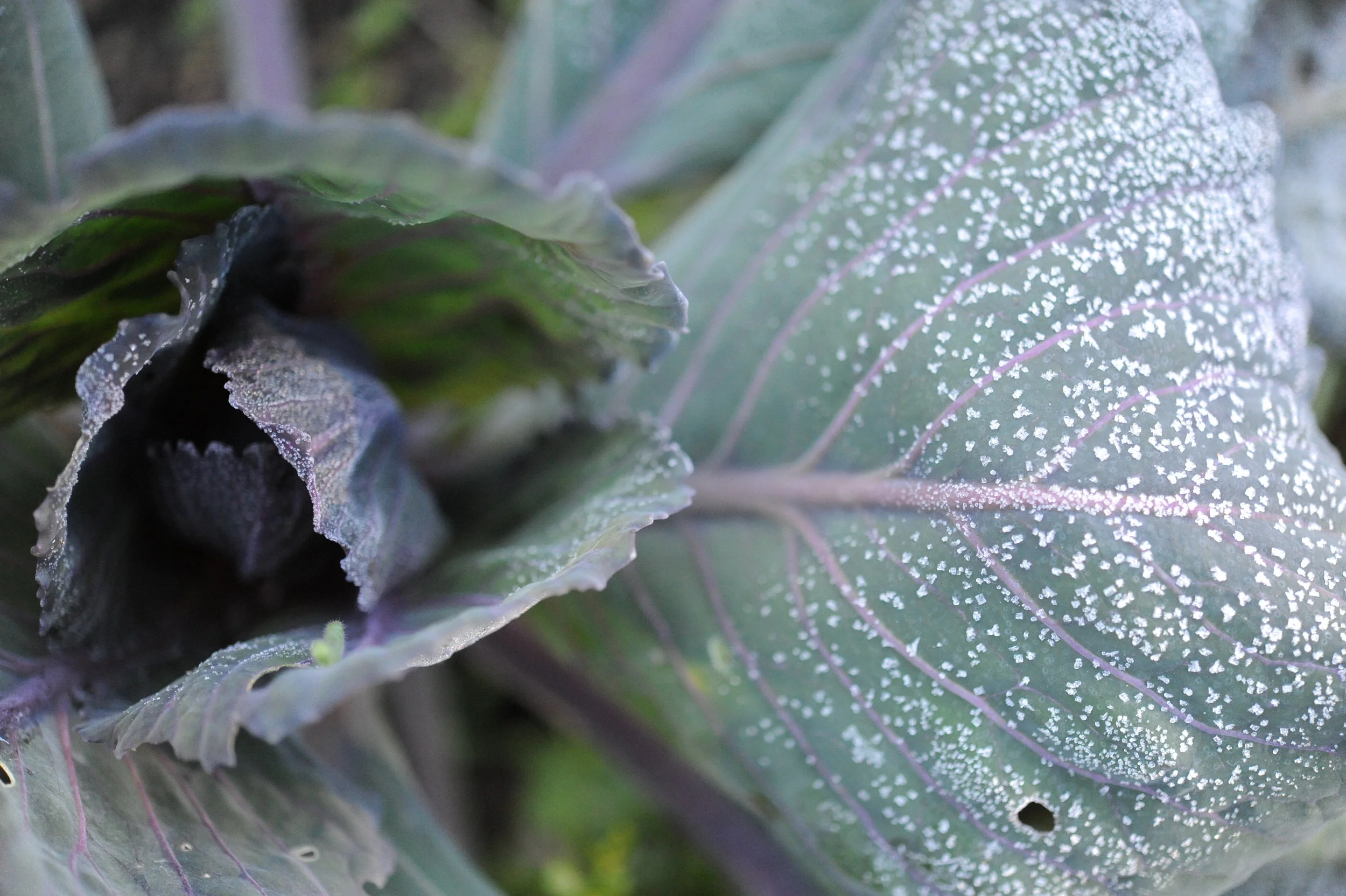Many snap pea and snow pea varieties can easily grow to reach 7' tall so building a structure to support your pea vines is crucial. One of the most inexpensive, and easiest ways to create a tall semi-permanent trellising structure for your peas is with 8' bamboo poles (about $5 each at your local hardware store) and garden twine. The following photos show the process:
Read MoreFavorite Tomato Varieties of 2014
Clockwise from top: Green Zebra, Sungold, Stupice, Black Cherry, and Prudens Purple (center)
All photos by: Hilary Dahl
In some climates, tomatoes are endlessly bountiful. Here in the Pacific Northwest, where even in mid-summer temperatures remain moderate, tomatoes can be the most unpredictable and uncertain of crops. Professional growers in our area nearly always grow tomatoes under cover (meaning in a greenhouse or field tunnel), but this isn’t always a feasible option for the small-scale grower or home gardener. Regardless of your tomato management techniques, if you want a prolific and tasty harvest, it helps to start with the right varieties.
Read MoreNew Propagation Station
Propagation of spring transplants starts early in the year. As our garden maintenance program continues to grow, so does the volume of transplants we need to produce. We propagate 95% of our annual crop transplants each year, totaling well over 100,000 plants each year!
Read MoreStarting Onions + Leeks from Seed
Onions and leeks are always the first transplants we seed each year at Seattle Urban Farm Co. (SUFCo). Bulbing onions and leeks have a long growing season, so getting them started early allows for them to grow to maturity in the optimal growing conditions of summer. They also cure better and store longer when harvested during dry weather conditions. Many people devote a large part of their gardens to alliums because they so store well and are very easy to use, so another advantage to a summer harvest is that it can also create room for fall crops!
Read MoreGrow Your Own Microgreens
Growing microgreens is another great way to produce year-round food with a minimum of space and time.
Read MoreOverwintering: Crops that can withstand the cold and how to help them thrive
Overwintering usually refers to the practice of leaving cold-hardy, healthy, established crops in the ground in the fall with the expectation that they will provide harvests through the dark and cold months of winter.
Read More





